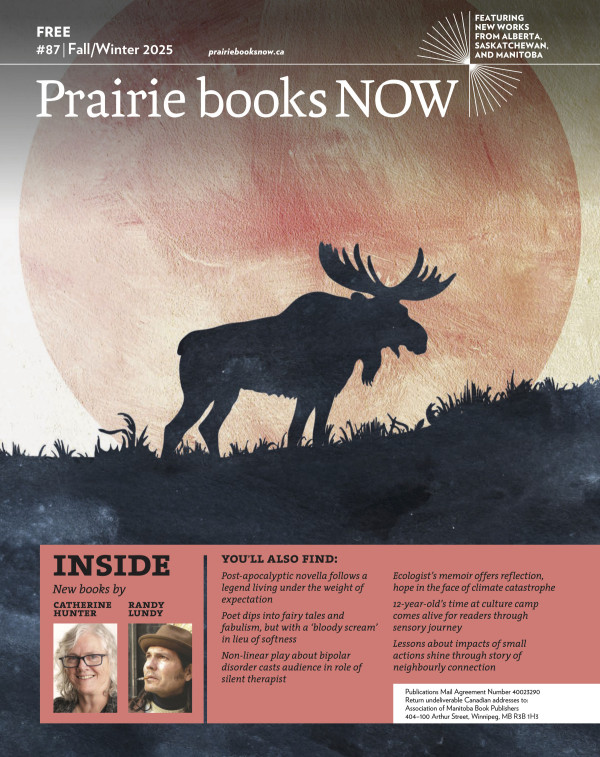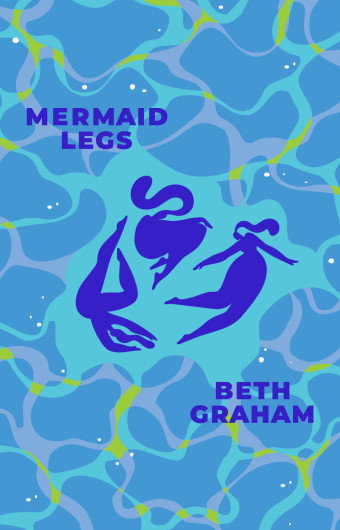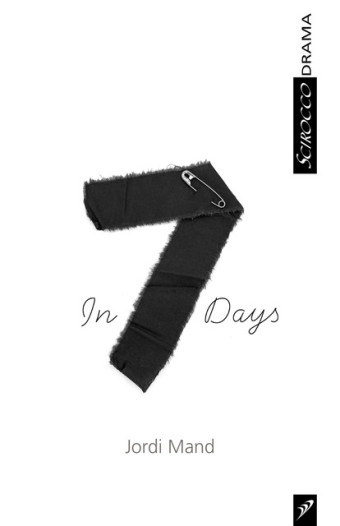In The Diviners, adapted from Margaret Laurence’s classic Canadian novel, playwrights Vern Thiessen and Yvette Nolan focus on the adult Morag Gunn – a novelist with writer’s block who is estranged from her daughter, Pique, and who struggles with alcoholism.

- The Diviners
- Vern Thiessen, Yvette Nolan
- $18.95 Paperback, 120 pages
- ISBN: 978-19-90738-59-3
Travelling through time, the play follows Morag’s journey and her personal struggles for independence, freedom, and self-expression. As the play’s stage directions suggest, “We float through the settings of this play like a canoe on a river: effortless; simple; surprising, and sometimes startling.”
Collaboration was key to creating the play Thiessen and Nolan wanted to make.
Thiessen was with the project from the beginning, and his previous success adapting Somerset Maugham’s Of Human Bondage, where time and action flow around a central character, stood him in good stead. Nolan came on later to bring both an Indigenous lens and a woman’s sensibility to the project.
In a collective response to interview questions, Thiessen and Nolan say, “The moving through time in the novel, backwards and forwards, speak to an Indigenous concept of time. All of which allowed us to craft a text that was open to theatrical invention.”
The playwrights especially wanted to illuminate the Métis story that Laurence wove throughout The Diviners (and other works). “Morag’s life is ‘intergutted’ (to use a Judith Thompson term) with the Tonnerres’ – Jules and Lazarus and Piquette and the rest,” they explain.

“Laurence wrote those characters into being, and we wanted to dive deeper into what it means to live next to people without understanding them or their history, or your own role in our shared histories.
“It used to be said that history is written by the victors, but the artists who come after are rewriting history, unearthing the stories that were disappeared or pushed aside. Laurence did that for the Tonnerres, and we took that gift, some 50 years later, and reclaimed a little space for this particular piece of history.”
In fact, The Diviners is, for Nolan and Thiessen, a reconciliation play. They say, “Morag Gunn, the writer, mines her past to find her story, and her story is about where she came from, who she loves, and what that means for her future, and the future of her child. The Tonnerres become her relations, and in an Indigenous world view, that means she is responsible to them and they are responsible to her.

“And that is the story of this land; once we learn our histories, once we see how we are connected to each other, we will be able to figure out how we live together here.”
Reconciliation through writing – what Morag attempts in the play, and what Nolan and Thiessen hope to do with the play.
“Writers mine memory to create stories, but few writers think that what they commit to the page is truly what happened,” they say.
“That is the craft – to write it better. Writers are always changing the past, ‘recalling it, revising it’ as Laurence says. We write it better. Which is what Morag is doing, which is what we are doing with The Diviners. Writing it better. Writing it into view.”













